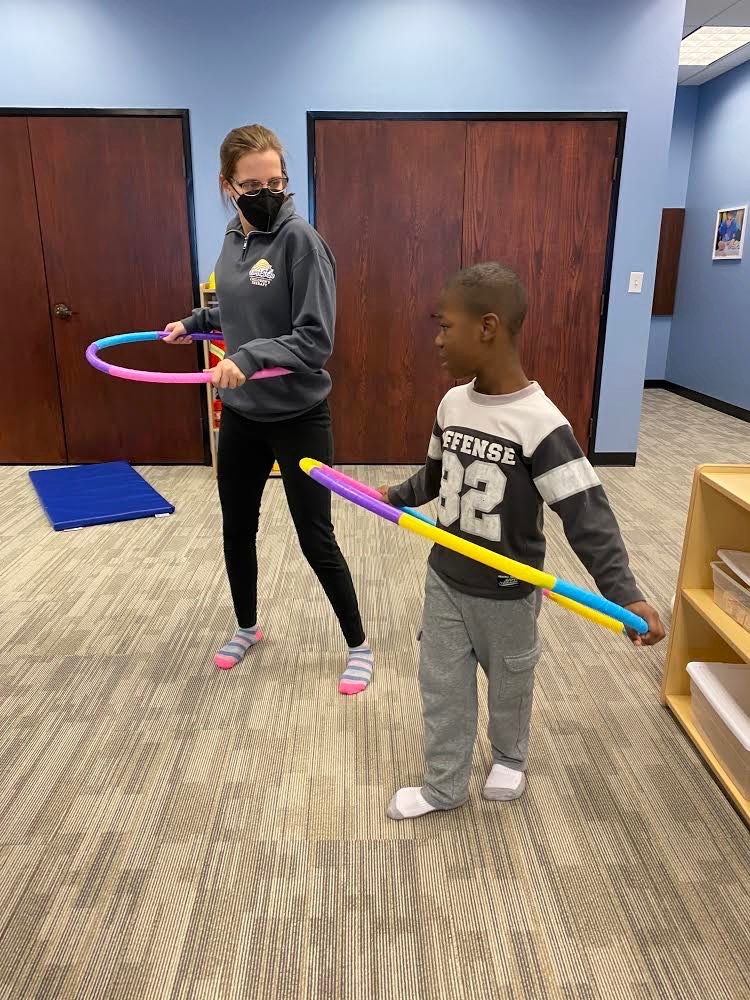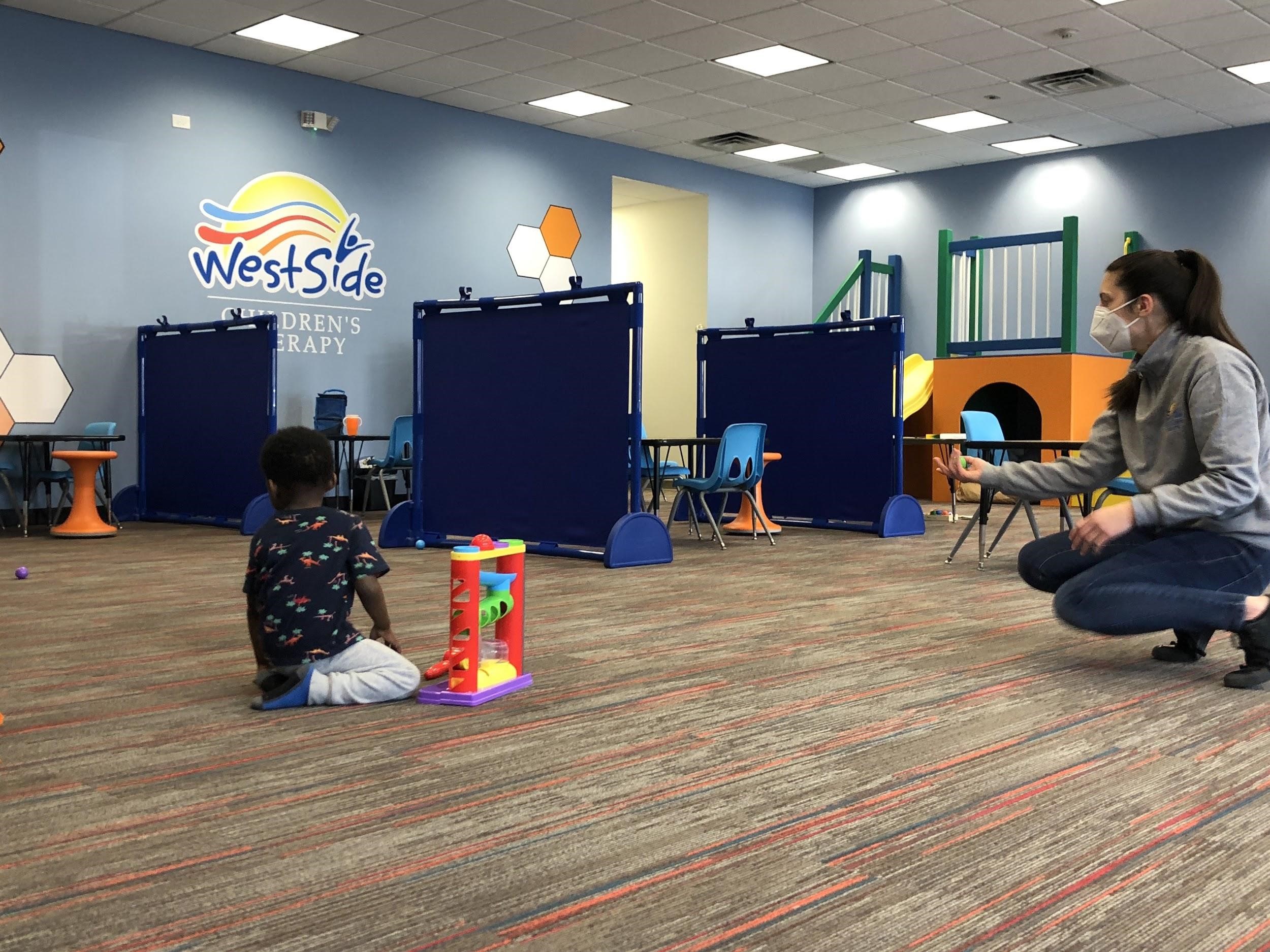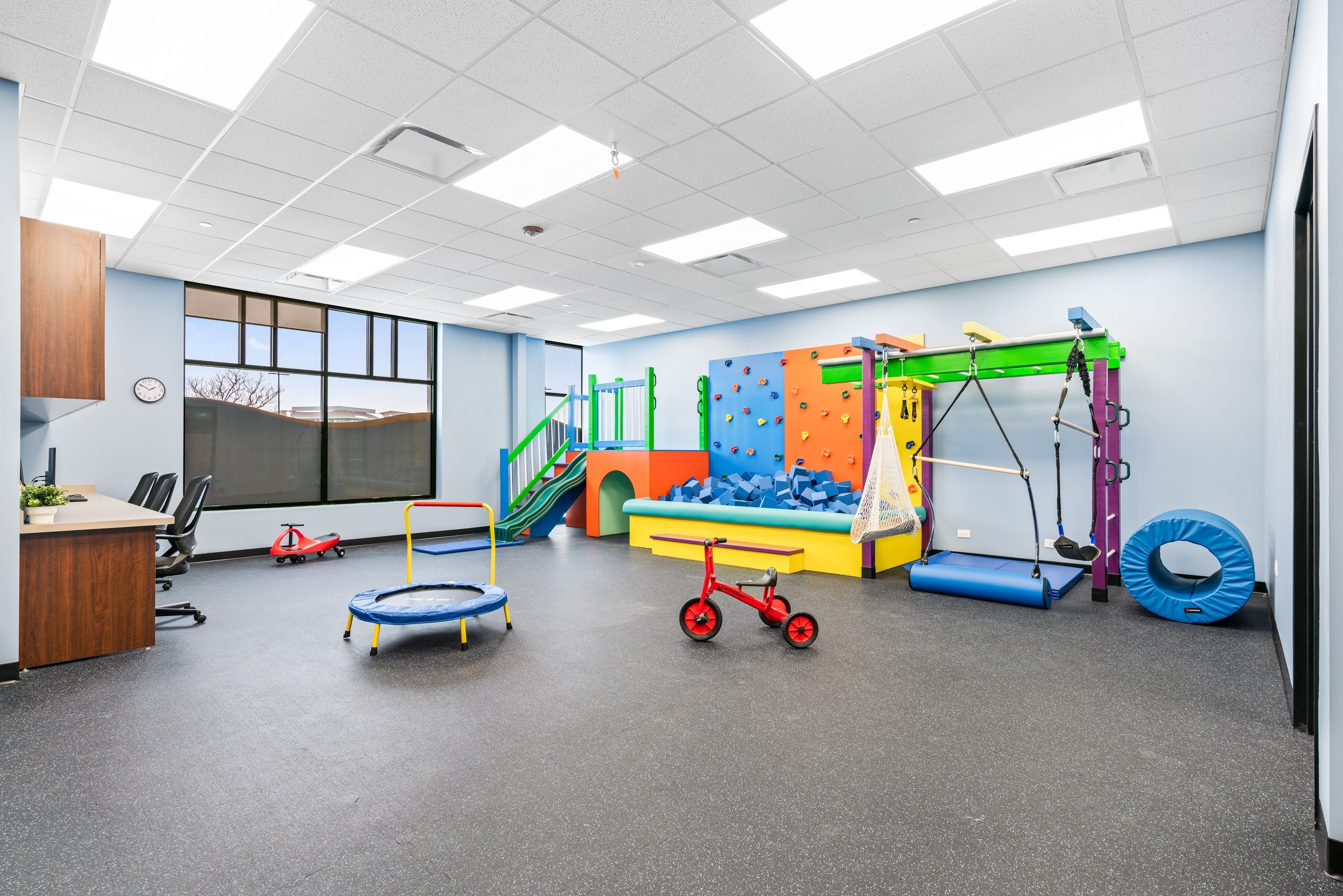Your family just learned that your child has an autism diagnosis. Now is the time to decide what your next course of action is, and also if in-home therapy or in-clinic therapy is right for your family. Both ABA therapy environments have their benefits, but studies have shown that in-clinic may be the most effective route to take when considering an effective autism treatment plan to take for your child to thrive.
Learn the benefits of in-clinic therapy vs. in-home therapy.
My child has an Autism diagnosis – what next?
When your child is recently diagnosed with Autism, it can seem like a daunting task trying to determine the right type of therapy and amount of hours per week they should be receiving. The most popular type of therapy that is currently out there is known as ABA, or Applied Behavioral Analysis. ABA helps to improve a child’s social, communication and learning skills through positive reinforcement. ABA is the most widely accepted therapy and is most effective when children start at a young age. Refer to our past blog post for tips on determining how many hours per week of ABA therapy your child should receive.
Benefits to ABA Therapy:
- Increase language & communication skills
- Improve attention, focus, memory, social skills & academics
- Minimise or decrease problem behaviors
- ABA Therapy is tailored to the individual’s needs.
The goal of ABA Therapy is to increase behaviors that are helpful and decrease those that are harmful or affect learning. Positive reinforcement is one of the main strategies of ABA Therapy where an individual is rewarded for good behavior, because they are more likely to repeat the behavior going forward. For example, a child might be rewarded with claps, a toy, a book, time on a playground, etc. Over time, this encourages a positive behavior change.

At Westside, we focus on skill acquisition to decrease the problem behaviors.
What should I be looking for in an ABA provider?
- A provider that is outcomes-driven
- Has fun and positive learning environments
- Offers multiple disciplines if your child is receiving additional therapies
- A provider dedicated to increasing skills as skill deficits are connected to challenging behaviors. By increasing skills and focusing less on challenging behaviors, kids learn ways to get their needs met in positive and healthy ways.
- A provider who communicates with all members of the child’s treatment team whether that is within the ABA provider or outside of the provider
- A provider who takes time to learn your child
- In-clinic resources and support teams (psychologist, licensed treatment teams)
Read our blog, “11 Things to Consider when looking for an ABA provider.”
Why should I choose a provider that does in-clinic ABA therapy instead of in-home therapy?
Providers that have fun and inviting environments with many resources are going to be able to work on more skills and engage your child at the same time. Making therapy fun and a place where you child wants to be is important. In addition to a fun environment, on-site supports and experts can really help your child build their skills in the most effective way.
Research behind in-clinic therapy:
Children with ASD who received clinic-based therapy (in-clinic therapy) and home-based therapy (in-home therapy) mastered 100% more learning objectives per hour while at the clinic than at home, according to a study. The results indicated that the children participants demonstrated higher rates of learning in the clinic than at home.
For the study, 313 children were assessed. The rate of mastery of learning objectives per hour was measured based on each location (in-clinic/in-home). It was defined on an individual basis, as ABA Therapy always is, but had to include 70% accuracy of responding to the learning objectives for at least two treatment sessions across two different days.

While each child may differ based on their treatment, there are several factors related to a setting that may influence the child’s learning and effectiveness of treatment:
- Distractors
- Amount and quality of supervision
- Opportunities for socialization and generalization
What an in-clinic setting offers:
- A controlled environment
- Supervisors that are more available to provide additional direct supervision, compared to at home where a BCBA would not be available.
- The presence of other individuals with ASD and unfamiliar practitioners, which allow for more opportunities for socialization and generalization so a child can apply what they have learned to different situations.
What do Westside therapists have to say about In-Clinic therapy vs. In-home therapy?
In-home therapy does have benefits, including convenience for the family, familiarity for the child and the ability to address the “at home behaviors.” But here is why at Westside, we believe in conducting our therapies in one of our 13 clinics across the Chicago Suburbs.
Many of our therapists have had the opportunity to conduct both in-home and in-clinic therapy throughout their careers.
One Westsider used to provide in-home service for a child before coming to Westside, where one thing they worked on was the child playing games with his sibling. For in-home services, it worked because the sibling was present. However, it did not allow for the generalization and socialization that being inside a clinic would provide.
Being in the clinic also gives the therapist easier access to materials as well as a controlled environment. A traveling in-home therapist only has access to the materials they can carry in their “briefcase.” And sometimes, the materials may only get changed once a month. At Westside, materials can be made available instantly.

Another first-hand story from a Westsider who used to conduct in-home therapy includes a boy who struggled when his sibling got home from school. It would distract him from the rest of the session for over an hour, but that could be avoided at a clinic.
In a Westside clinic, while sessions are 1:1, other therapists are within a voice’s reach to ask questions and get assistance from. The BCBA’s are also always observing and can help when needed, which is something that cannot be replicated in a home.
At Westside, all of our services are offered at almost all locations, making it easier for children who need multiple therapies to get them all under one roof. Having that allows for easier check-ins for the BCBA, too.
Lastly, Westside therapists also believe that in-clinic therapy is a child’s best chance at long-term success.
If you are looking for a way to give your child long-lasting, positive results when it comes to autism treatment, turn to Westside Children’s Therapy for your needs. We strive towards meaningful outcomes that will change the lives of children and families.
Resources:
A Program Evaluation of Home and Center-Based Treatment for Autism Spectrum Disorder (nih.gov)
https://www.autismspeaks.org/applied-behavior-analysis-aba-0







